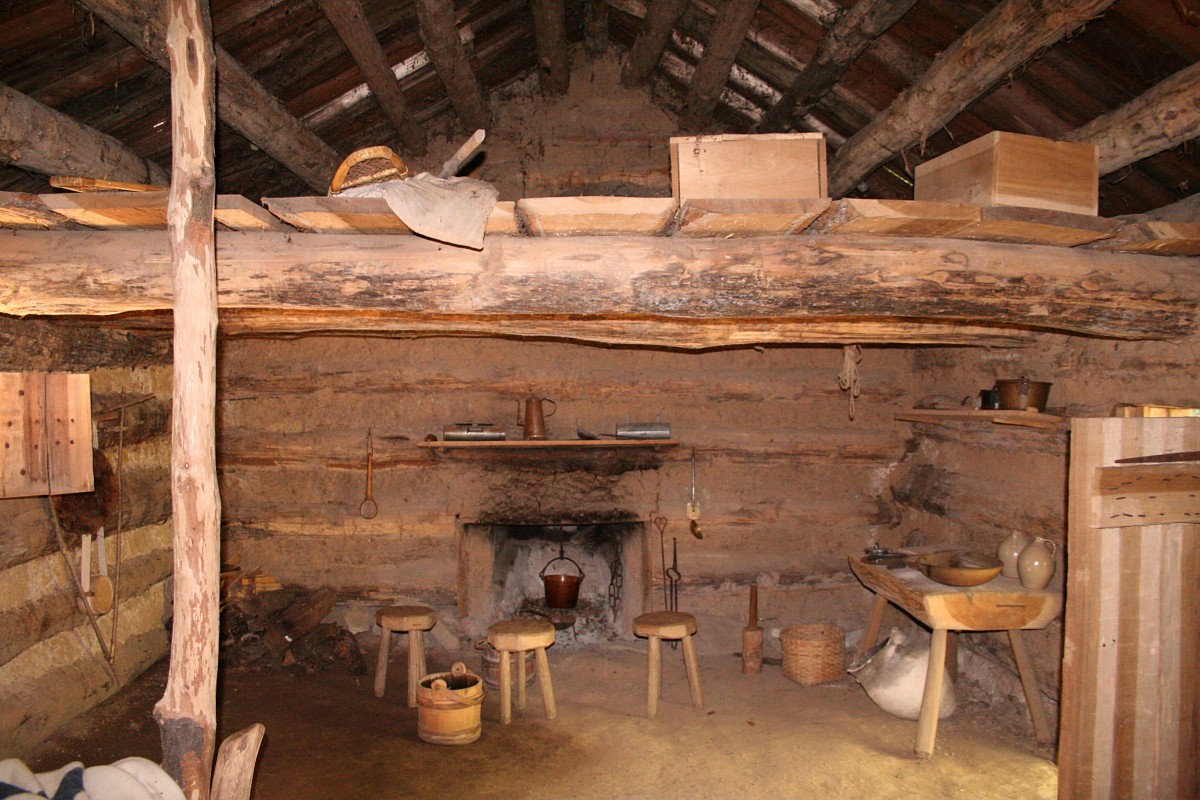There is an expression used in fiction writing–“talking heads.” It means a character is speaking, his lines of dialogue are there, but the reader has no idea what this character looks like. Is he tall, short, fat, skinny, does he have a beard, does he need a haircut, does he have bad teeth? We “hear” him, but we can’t “see” him. This happens most often when the author is using a wallpaper character, created for the purpose of moving your POV character through the story. A wallpaper character is disposable–you might only see him a couple of times in the story, but he serves a purpose. But even a wallpaper character has a face and a body.
The same goes for setting details. Let your reader know where your character is and not just what he’s doing. Otherwise, he is detached and floating through the scene. He needs to be anchors to the place he is in at the moment.
 Whether your scene takes place in a plush, ornate room, or a pitiful shack, the reader would like to see his surroundings. An historical cabin is a very different setting from modern-day home. A rustic prairie town won’t sound or smell the same as a bustling city. A farm definitely won’t sound or smell the same as a high-end penthouse. Allowing your reader to step into the scene and experience the setting around her pulls her deeper into the story. The reader is now part in the story because she is standing in the middle of it.
Whether your scene takes place in a plush, ornate room, or a pitiful shack, the reader would like to see his surroundings. An historical cabin is a very different setting from modern-day home. A rustic prairie town won’t sound or smell the same as a bustling city. A farm definitely won’t sound or smell the same as a high-end penthouse. Allowing your reader to step into the scene and experience the setting around her pulls her deeper into the story. The reader is now part in the story because she is standing in the middle of it.
 This is NOT to imply you should drop in a block of descriptive narrative, painting a picture of the setting. Don’t stop the forward progression of the story to use half of a page telling the reader every detail of the platform on which the actors are playing. Instead, weave the setting details into the character’s POV. How does he react to the noise of the city? Does she cringe at the sight and smell of animal droppings around the barnyard? Does envy strike a strident chord when the character runs her fingers over the silk tapestry-covered furniture? Is your character fascinated by unusual wildflowers, or trees? Perhaps he reaches to pluck a flower, only to have thorny vines scratch his hand.
This is NOT to imply you should drop in a block of descriptive narrative, painting a picture of the setting. Don’t stop the forward progression of the story to use half of a page telling the reader every detail of the platform on which the actors are playing. Instead, weave the setting details into the character’s POV. How does he react to the noise of the city? Does she cringe at the sight and smell of animal droppings around the barnyard? Does envy strike a strident chord when the character runs her fingers over the silk tapestry-covered furniture? Is your character fascinated by unusual wildflowers, or trees? Perhaps he reaches to pluck a flower, only to have thorny vines scratch his hand.
These are all setting details shown through the eyes of the POV character. As a result, the reader experiences a presence in the story. When you put your reader IN the setting, the story unfolds around her and she is part of it.





